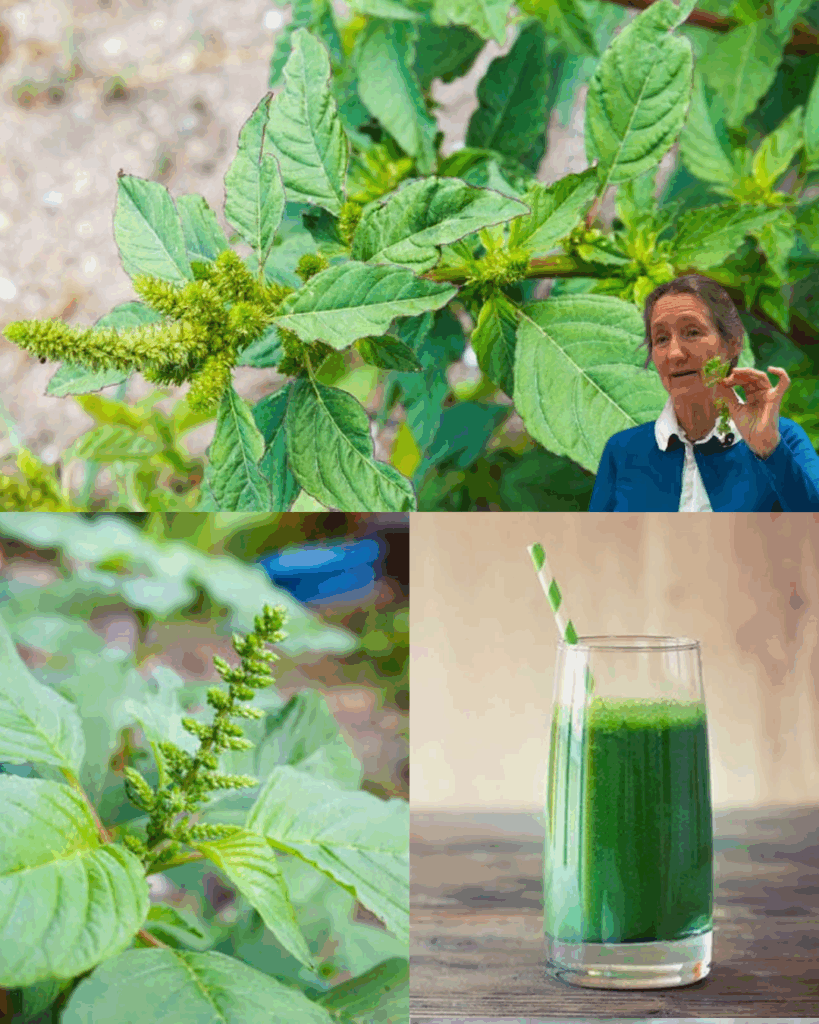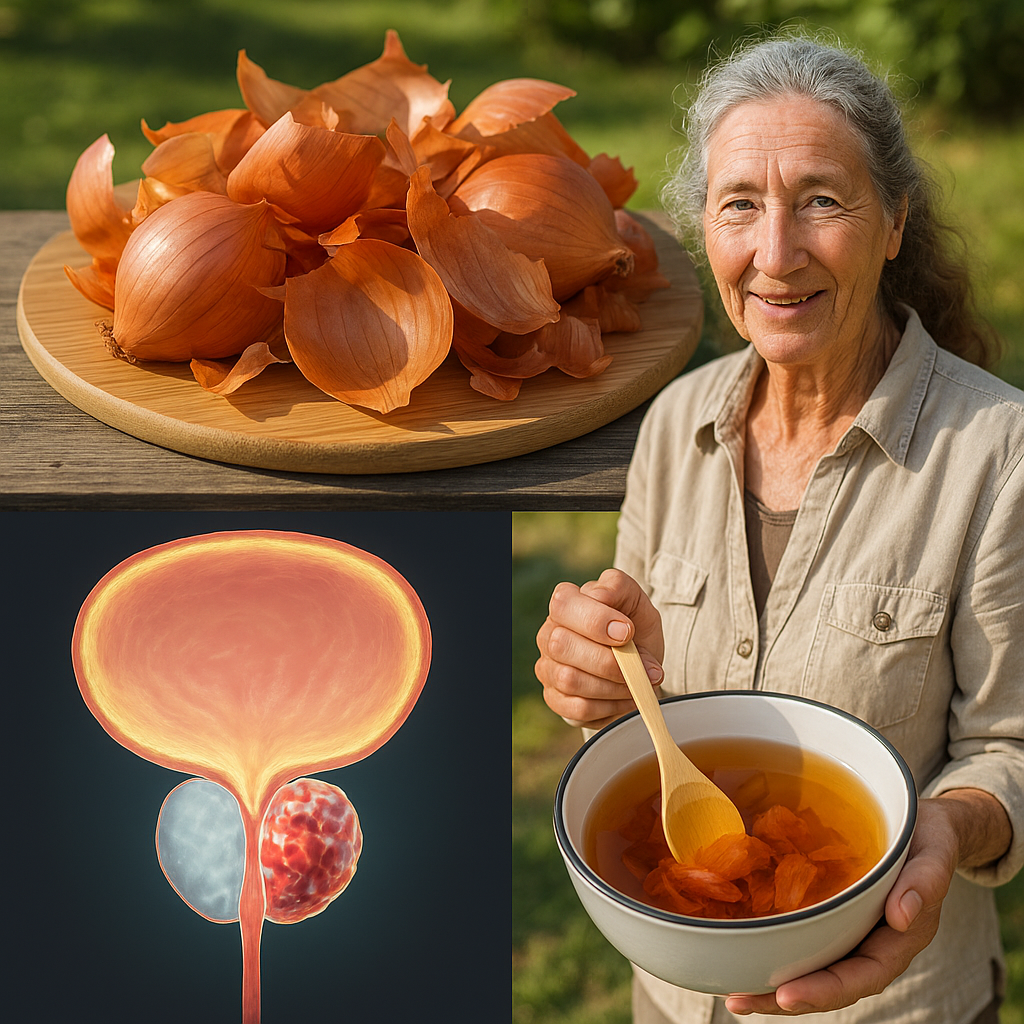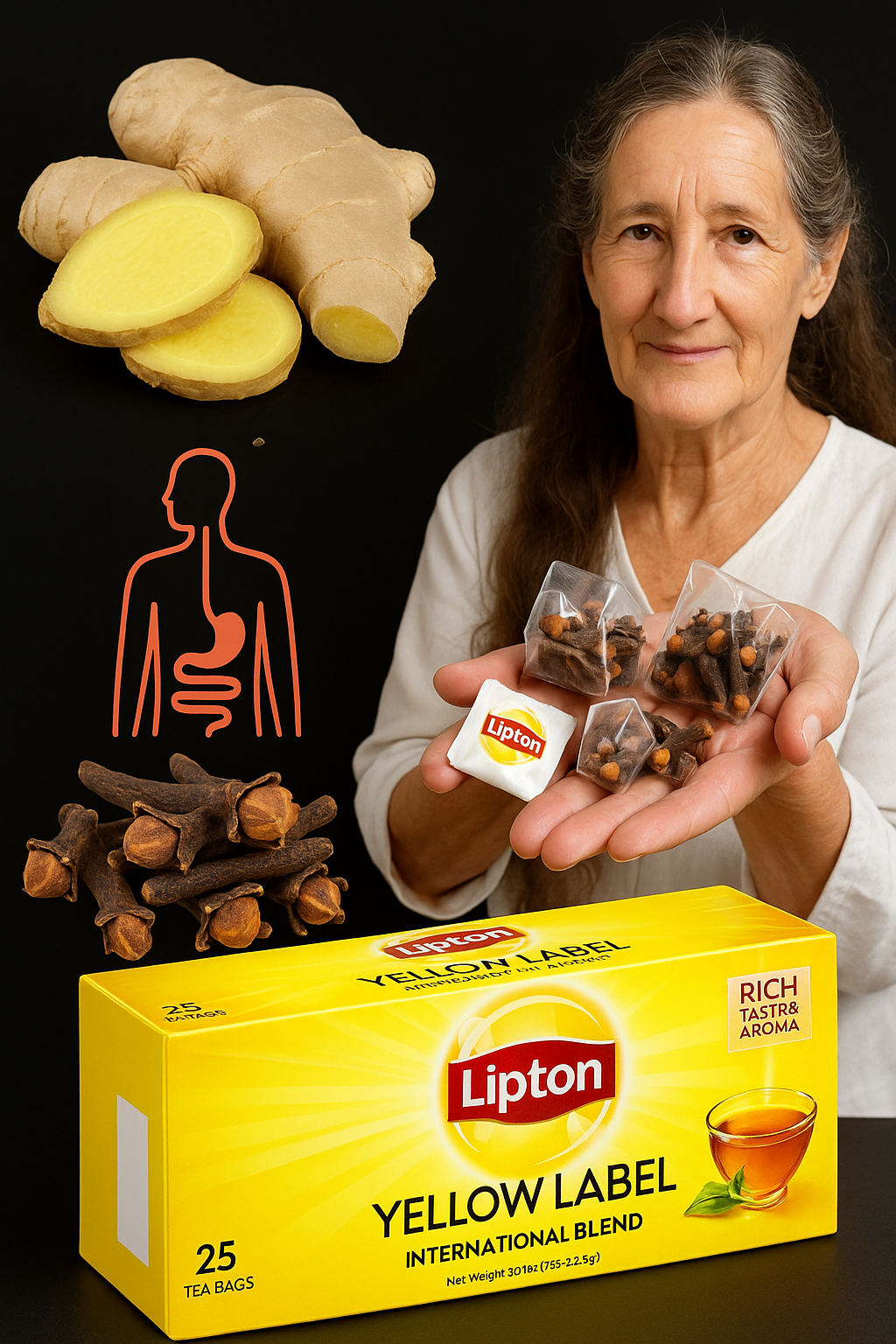If you’ve ever yanked pigweed out of your garden without a second thought, you’re not alone. Most people see it as just another fast-growing weed. But behind its humble, scrappy appearance lies a nutritional powerhouse—one that’s been used in traditional diets across cultures for centuries.
Known scientifically as part of the Amaranthus family, pigweed offers a surprisingly rich combination of vitamins, minerals, antioxidants, and protein. It’s time to reframe how we see this “weed”—because pigweed isn’t just surviving in your backyard, it might be the key to revitalizing your health.
Let’s dive into the top 10 health benefits of pigweed and how to use it in your meals—plus a few precautions to keep in mind.

🦴 1. Strengthens Bones Naturally
Pigweed is loaded with calcium, a mineral essential for strong bones and healthy teeth. For those at risk of osteoporosis or looking to support bone density as they age, pigweed is a valuable addition to the plate.
💡 Tip: Add lightly steamed pigweed leaves to stir-fries or mix into soups for a mineral-rich boost.
❤️ 2. Boosts Heart Health
With a potent mix of fiber, potassium, and antioxidants, pigweed supports cardiovascular health by:
– Lowering bad cholesterol
– Regulating blood pressure
– Enhancing circulation
💡 Tip: A cup of cooked pigweed can be a perfect side dish to any heart-healthy meal.
🩸 3. Prevents Iron-Deficiency Anemia
Pigweed is a natural source of iron, supporting red blood cell production and oxygen delivery throughout the body. It’s especially helpful for:
– People with anemia
– Women with heavy periods
– Vegans looking for plant-based iron
💡 Tip: Pair pigweed with a vitamin C-rich food (like lemon or bell pepper) to enhance iron absorption.
🛡️ 4. Supports a Strong Immune System
Thanks to its high vitamin C content, pigweed helps strengthen the immune system, fight off infections, and promote faster wound healing.
💡 Tip: Toss fresh pigweed leaves into a smoothie or blend them with citrus for a natural immune tonic.
👀 5. Promotes Eye Health
Pigweed contains vitamin A and beta-carotene, which are essential for good vision and may help prevent:
– Night blindness
– Dry eyes
– Age-related vision decline
💡 Tip: Cook pigweed leaves with a dash of healthy fat (like olive oil) to unlock fat-soluble vitamins.
💪 6. A Clean Source of Plant-Based Protein
Its seeds are rich in protein and essential amino acids, making it a great option for vegetarians, vegans, or anyone needing more protein variety.
💡 Tip: Toast pigweed seeds and sprinkle them over salads, or grind them into flour for baking.
🌿 7. Improves Digestive Health
Pigweed is high in dietary fiber, which:
– Keeps digestion regular
– Supports healthy gut bacteria
– Reduces constipation
– Helps stabilize blood sugar
💡 Tip: Try steamed pigweed leaves with garlic for a gut-friendly side dish.
🔥 8. Fights Inflammation
Pigweed contains compounds with anti-inflammatory effects, which may benefit people suffering from:
– Arthritis
– Skin irritation
– General inflammatory conditions
💡 Tip: Use pigweed as a base in soups or healing broths to support inflammation recovery.
🧬 9. Packed With Antioxidants
Pigweed is rich in flavonoids and phenolic acids, which protect cells from oxidative stress—a major contributor to aging, cancer, and heart disease.
💡 Tip: Include young pigweed leaves in raw salads for the highest antioxidant content.
🥦 10. A Nutrient-Dense Superleaf
Pigweed provides an impressive spectrum of vitamins and minerals, including:
– Vitamin A, C, and K
– Calcium and magnesium
– Iron and potassium
💡 Tip: Blend pigweed into your green juice or add to rice bowls for a complete nutrition profile.
🍽️ How to Cook and Enjoy Pigweed
✅ Salads: Use young, tender leaves raw like spinach
✅ Sautéed: Cook with garlic and olive oil for a savory side
✅ Soups & Stews: Add near the end for flavor and nutrients
✅ Smoothies: Blend a small handful with fruit and lemon
✅ Grains: Use pigweed seeds like quinoa or ground into flour for baking
🛠️ Flavor tip: Pigweed has a slightly earthy, nutty taste that pairs well with citrus, coconut milk, garlic, or chili.
⚠️ A Few Important Precautions
While pigweed is safe for most people, here are some things to note:
– Some varieties contain oxalic acid, which may interfere with calcium absorption
– Individuals prone to kidney stones should limit intake
– Always identify the species correctly before consumption
– Avoid pigweed from roadsides or sprayed fields due to pesticides and pollutants
💡 Best practice: Cook pigweed (especially mature leaves) to reduce oxalates and enhance digestibility.
🌿 Final Thoughts: From Weed to Wellness Hero
What was once tossed aside as an unwanted invader is now gaining recognition as a wild superfood. Pigweed isn’t just edible—it’s exceptional. From supporting your bones, heart, and immune system to providing protein and antioxidants, pigweed proves that nature’s hidden treasures are often right under our feet.
So next time you see pigweed in your garden, don’t pull it—harvest it. Your body will thank you.
👉 Ready to reclaim this green gem? Share your pigweed recipe with #PowerOfPigweed and help others rediscover this nutritional legend. 💚🌱


